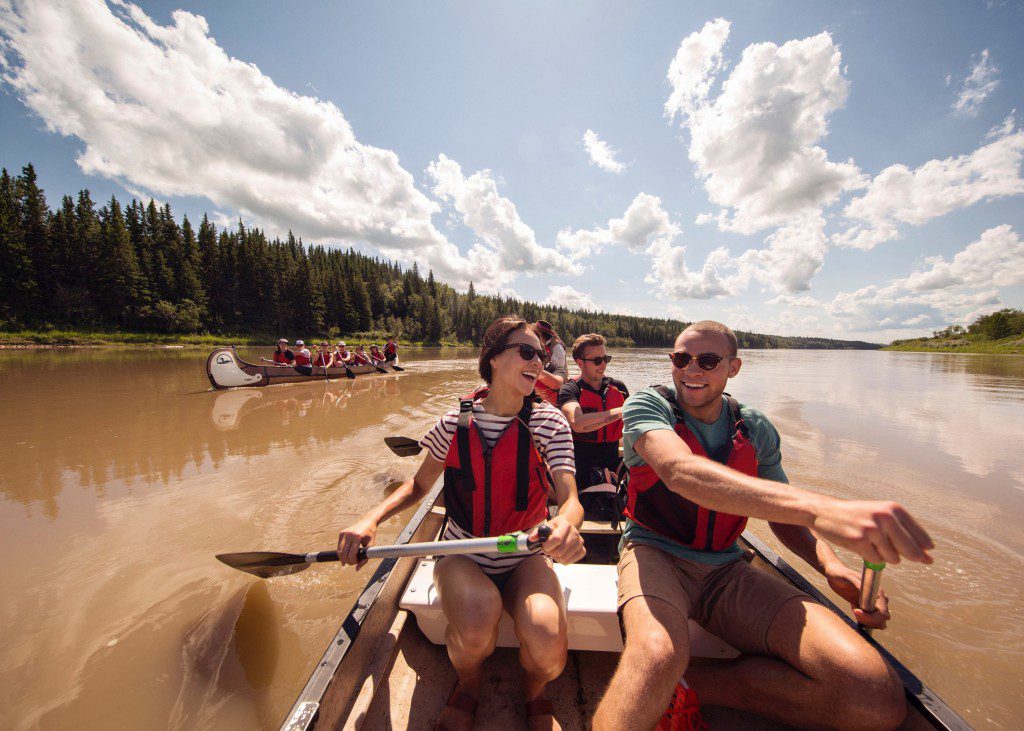News and Insights
Communicating Sustainably on World Tourism Day
September 27, 2023
A UN global assessment of progress towards the Sustainable Development Goals (SDGs) makes clear the important role that tourism must play in achieving the ambitious agenda for change. In particular, the sector has the potential to contribute to inclusive and sustainable economic growth, sustainable consumption and production (SCP) and the sustainable use of oceans and marine resources, respectively. Today, an ESG strategy is not simply nice to have.
The sustainable travel market is expected to grow by $335.93 billion during 2022-2027, with a CAGR of 9.54 percent during the forecast period (Research and Markets). The consumer appetite is there – with over 80 percent of global travelers saying that sustainable tourism is important.

The tourism industry has a duty to communicate responsibly and set the tone for the sector. With increasingly tighter regulation, complex frameworks and investor demands, the bar is being driven ever higher. Meeting expectations has become ever more complex.
Putting people, places, and the planet first
A sustainable communications strategy must be substantiated and rooted in the facts – putting people, places, and the planet first. What targets and metrics are set, what are the reporting frameworks that organizations adhere to, what stakeholders do they report to, what have they done so far, what is the roadmap? These questions must be answered before a tourism communications strategy can even begin to be created. The roadmap must be clear, objectives and targets measurable and commitments communicated so that they hold the sector to account.
Not forgetting the ‘S’ in ESG
A ESG strategy must cover the three elements thoroughly and transparently. That is environment, social, and governance. The middle ‘S’ is often overlooked and missed out, but social aspects can be just as vital than the environment. Fundamental to all communications efforts is a narrative that reflects the corporate and business unit strategy. The narrative must enhance and raise awareness to key audiences with consistent messages. This can then be used and adapted for multiple stakeholders such as investors, eco-minded travelers, and those who are more price conscious.

Communication, that is truly sustainable, must adhere to the following framework:
- Ensure that messages reflect the strategic framework and business imperative
- Define what business priorities mean to individual stakeholder groups
- Be flexible and adaptable over time
- Illustrate commitments and impact with data-driven messages with proof points, data and examples
- Develop targeted messages that resonate with specific audiences including investors, talent and customers
- Tailor messages to resonate on various channels
Avoiding the banana skins
The tourism and destination messages all need to be honest and modest in tone, focusing on a realistic roadmap with clear and defined markers along the way. Grand sweeping statements that are not tied to measurable data is like walking on banana skins that set organizations up for more scrutiny and criticism than the industry would hand out if the tone was honest and modest in approach. Less is more in the sustainable communications game, so this means no sweeping statements, no sales slogans or ‘fluffy’ wording. Paid partnerships are also a no-go unless clearly disclosed and part of a wider drive to reinforce business, national, or international commitments.
In the lead-up to COP28, the sector should seize the opportunity and look at ways to lead the charge. The tourism industry has a responsibility to make a direct and indirect positive impact on the UN’s SDG’s and communication is key.
